Words, they’re the things you read on the paper, the screen and in the sky if someone decided to have a bit of fun in an aeroplane. One thing we all know for sure is that people who talk about anime tend to like using words and terminology that you might not have heard of before.
Magical Stage’s new series, The Word Count, is here to lend a helping hand and unlike that demonic number guy, I don’t hail from Transylvania! Week by week (hopefully) you’ll slowly gain the knowledge to understand what your favourite anime blog writers are on about when they talk about the anime you watch!
The best thing is that The Word Count won’t have too many words for you to read either! I know all of you have loads of things to get on with that don’t involve reading articles.
You can count on ekonte!
Our first word that we’re going to take a look at is ekonte (絵コンテ), a role you’ve probably encountered in the credits of anime. Ekonte is actually two words lovingly plonked together to make a brand new one! We love a buy one get one free deal here on The Word Count!

Firstly let’s look at the e in ekonte. 絵 just means picture and wouldn’t you know, a storyboard is indeed made up of pictures showing what happens in particular scenes of the stuff you’re watching! Half the battle has been won and we’re not even 300 words in!
Though there’s more to a storyboard than just the pictures! There’s also the notes, descriptions and annotations that go along with it too! So it’s at this point that we need to look at konte.
Konte コンテ is actually a shortening of コンティニュイティ, a word that some of you might be familiar with: continuity. Coming from the term continuity script. Continuity Scripts are important because they will tell you everything that’s going on in a scene. The dialogue, the camera, the sounds and timing all feature here and they’re there to make everyone working on the anime to be aware of what’s supposed to be happening in the scene. Without the ekonte, the blueprints of anime, anime can’t happen.
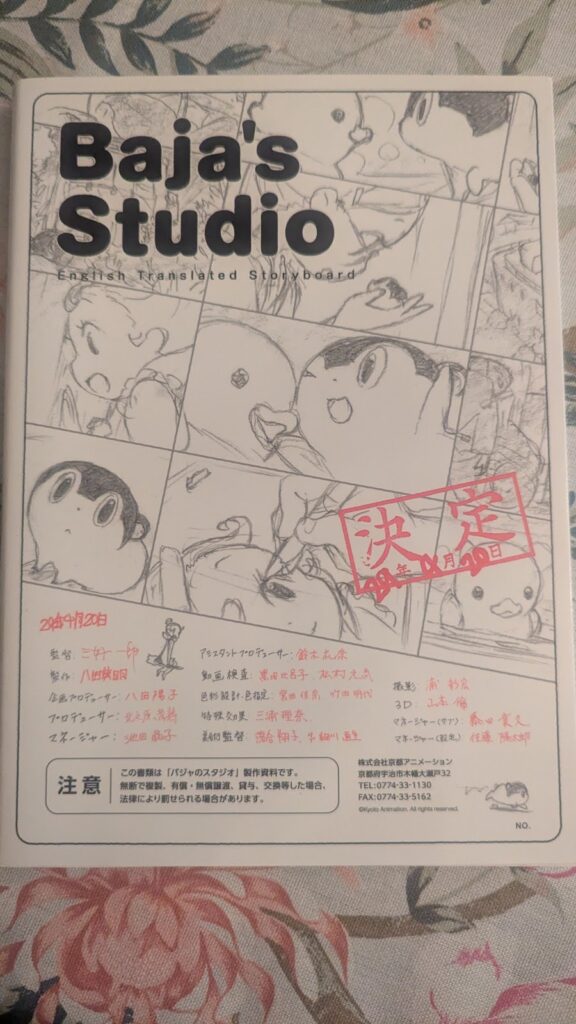
Ekonte is words and pictures!
The person who handles ekonte would usually be the Episode Director and in some crediting systems (hi Toei Animation!) you won’t even see 絵コンテ in the credits at all when this happens. We call this “processing one’s own board”, don’t get that confused with “possessing one’s own board”, the storyboard might be haunted in that case.
Also despite the word ekonte being a contraction, the word itself got contracted and is just called konte コンテ by some. You’ll mostly see people just call them storyboards when discussing anime or by the abbreviation SB when referring to the staff member in that role.
When I started learning how to read credits for anime, ekonte 絵コンテ was the first one that I was able to spot out. So I thought that this might be the best word for us to start this brand new series off with! Even if your Japanese abilities are not the best in the world, picking it out in the credits should be a piece of cake!
Hopefully whether you’re one of those sakuga piggies or someone new to the world of…all this animation stuff! Hope you’ve enjoyed this article. Have a lovely day everyone!

wait…there’s more!?
26/1/25 14:52 GMT: Yeah you weren’t expecting more but this article has an update! Turns out コンテ could also be a shortening of a second word! Who would have seen that coming? Certainly not me! Konte コンテ can also be a shortening of Contents コンテンツ which if you look at it, definitely makes sense. In that the whoever is in charge of storyboards, is in charge of everything that happens, the contents of the episode! With the e 絵 in ekonte becoming a noun, signifying that the storyboard is a visual tool for staff to follow. It’s a pretty neat idea for sure! Got to thank piggy president of ButaPro, Fede, for letting me know about that additional meaning.
OK, now the article is truly over. Though if anyone else has some cool insights to add, I’ll be happy to add them in!

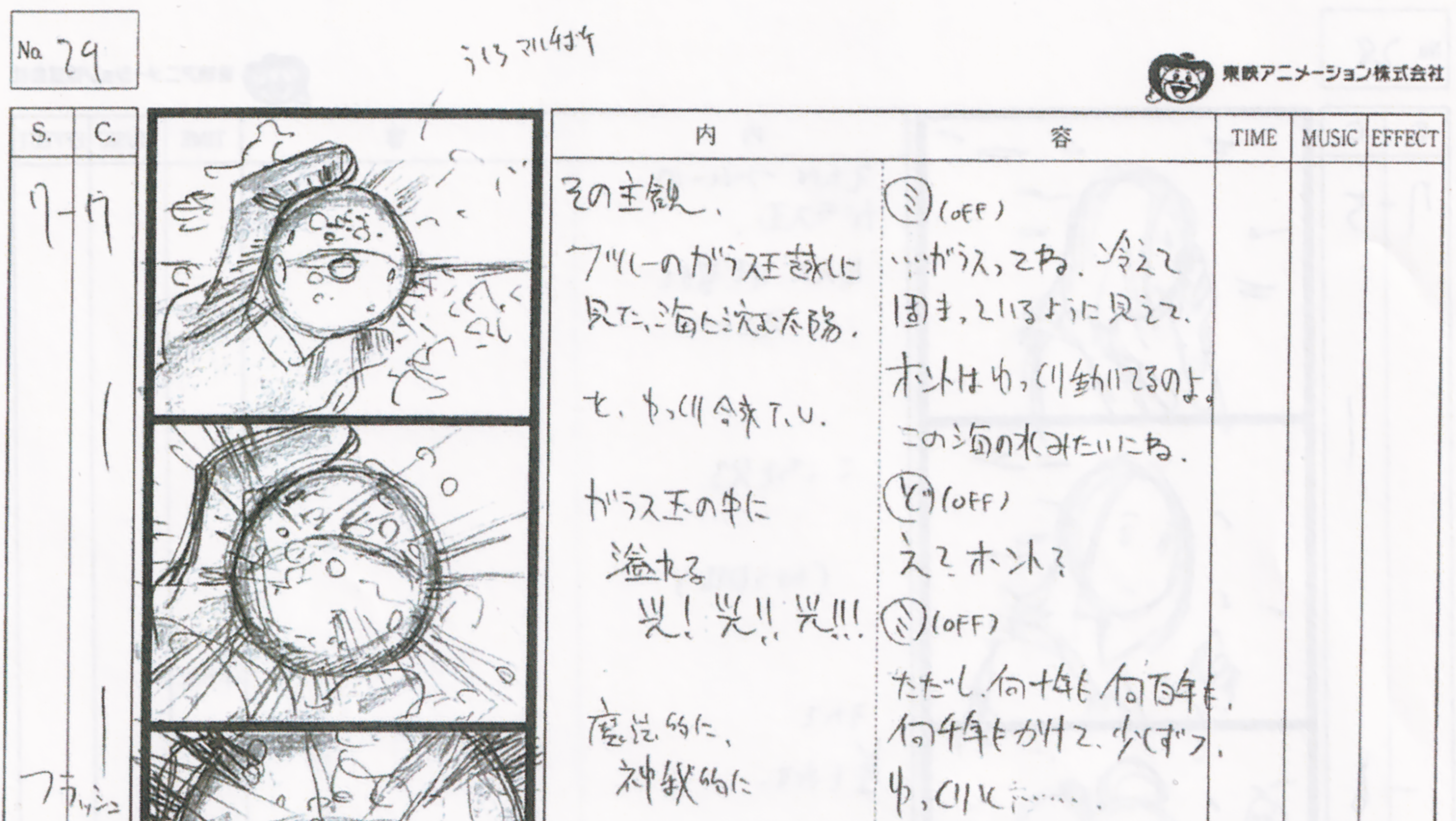
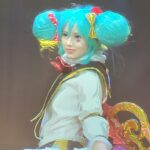
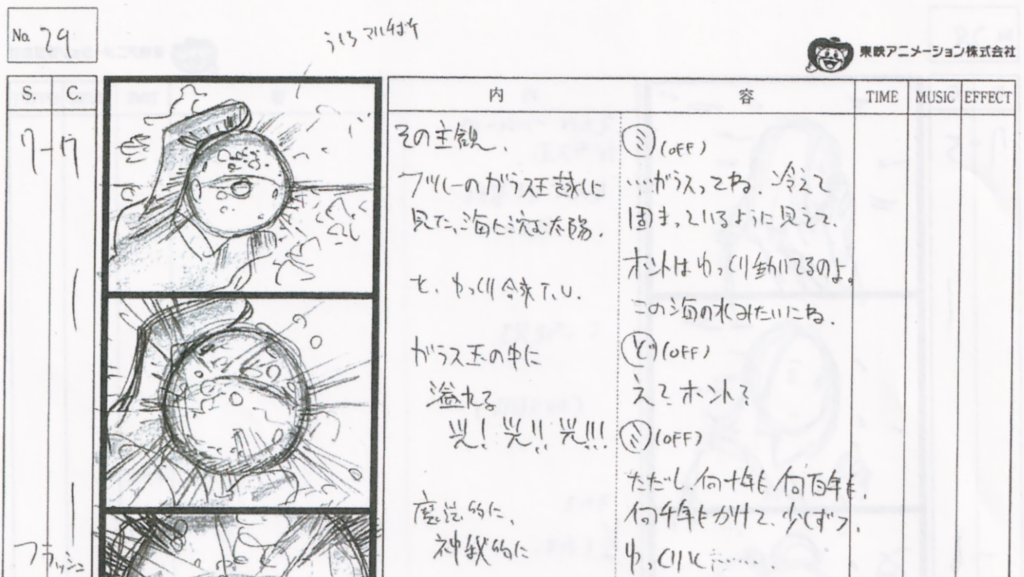
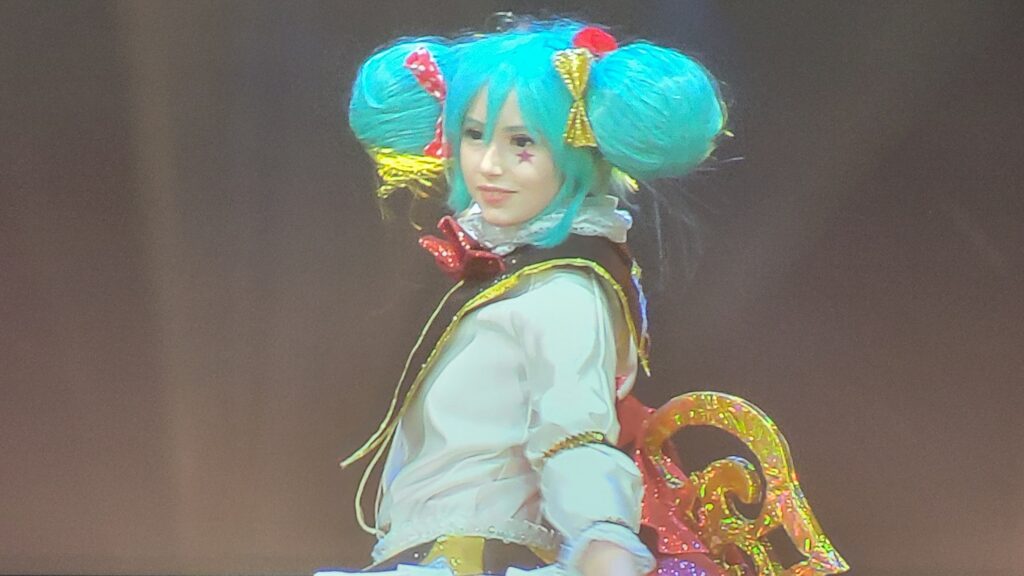


hi